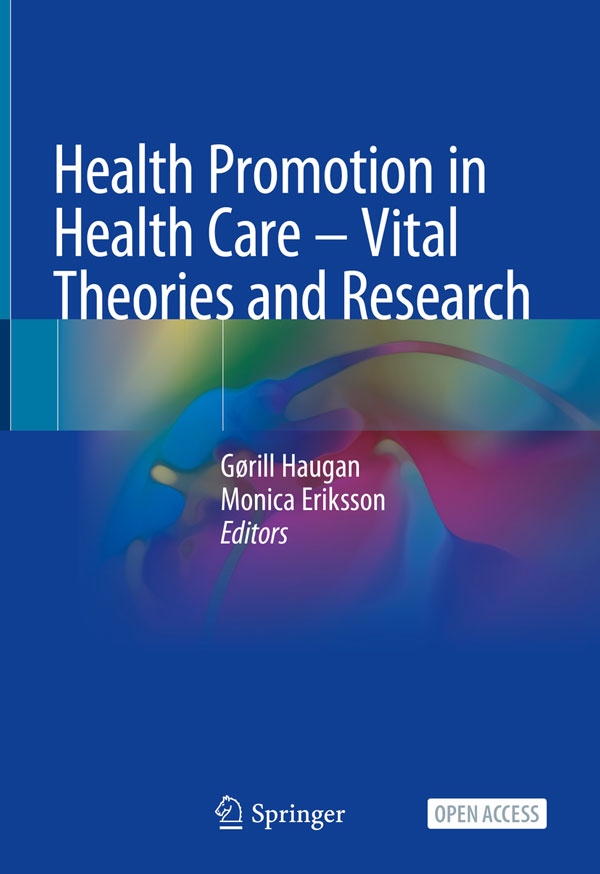High Ages: A Success That Signifes Health Challenges
As we all are aware of, there is a demographic shift toward an older population worldwide. The segment of people aged 80 years and more is growing rapidly and those aged 100+ are growing fastest. This is a sign that we have succeeded in some ways.

This shift started in high-income countries. However, for the first time in history, people can expect to live until their 60s and beyond globally. During the period from 2015 and 2050, the proportion of those 60 years and more will nearly double from 12 to 22 %; by 2050 individuals aged 60 years and older is expected to total two billion, up from 900 million in 2015. Currently, low- and middle-income countries are experiencing the greatest demographic change; hence, all countries are now facing major challenges to ensure that their health and social systems are ready to make the most of this demographic shift.
Age is an aim in life and not a disease. Still, with high ages, several diseases appear; now our task is to ensure that the extra years are worth living. Hence, with a steadily growing older population, the world faces a growing need of health care. In the years to come, health promotive initiatives enhancing well-being and coping in the population will become ever more important. Accordingly, our new book Health Promotion in Health Care – Vital Theories and Research, provides novel knowledge in the field of health promotion in the health care services from various parts of the world; Africa, America, Asia, Australia, and Europe are represented.

Today, the medical perspective and treatment approaches are highly developed giving emphasis to save lives from severe illnesses and injuries. This is good. However, a great number of patients, both in hospitals and in the municipality health care, suffer from a lack of holistic oriented health care and support. Their illness is treated, but they feel scared, helpless, and lonely, experiencing meaninglessness and low quality of life. Several patients with chronic or long-term conditions (heart and lung diseases, cancer, rheumatologic diseases, dementia, diabetes, long-term intensive care patients, palliative patients, mental disorders, etc.) fight and must cope with a heavy symptom burden and life challenges on their own at home. These people are asking for social support, empowerment, patient education (salus education), guidance, hope, meaning, dignity, and coping strategies in order to manage their life situation. Human beings are whole persons consisting of different dimensions; individuals comprise of a wholeness of body-mind-spirit which cannot be separated in a body, a mind, and a spirit; these three parts are totally integrated performing in close interaction. Thus, a holistic physical-psychological-socialspiritual model of health care is required to provide high-quality and effective health care.
Health promotion and the salutogenic perspective on health are holistic. In the years to come, health promotive initiatives will become ever more important. Accordingly, learning how to reorient the health care sector in a health promotion direction is highly needed. Health promoting approaches are resource-oriented focusing on the origin of health along with people’s abilities and capacities for well-functioning and well-being. The health promotion field is based in the salutogenic health theory representing an area of knowledge and learning, a way of relating to others, and a way of working in a health promoting manner.
«… health is a movement on a continuum between ease and disease»
In the salutogenic perspective, health is a movement on a continuum between ease and disease. In this approach, no one is categorized as healthy or diseased; we are all somewhere between the imaginary poles of total wellness and total illness. Every person, even if severely diseased, has health, and health promotion is about strengthening the health. Either by changing the ways we work or by changing the environment or educate the person in question how he or she can work to strengthen his/her health.
The salutogenic approach seems useful for reorienting the health care systems around the globe. Therefore, this book entailing three parts comprehends the salutogenic health theory as a model of health and a life orientation, representing a vital theoretical basis for the health promotion field, along with the salutogenic theoretical framework.
Health Promotion in Health Care – Vital Theories and Research is an open access book published at SpringerLink that is now available online.
This blog text is based on the introduction of the book.

Gørill Haugan
She is a professor and interested in health promotion, nurse-patient interaction, self-transcendence, meaning-in-life and spirituality on nursing home residents’ well-being and quality of life
- This author does not have any more posts.


